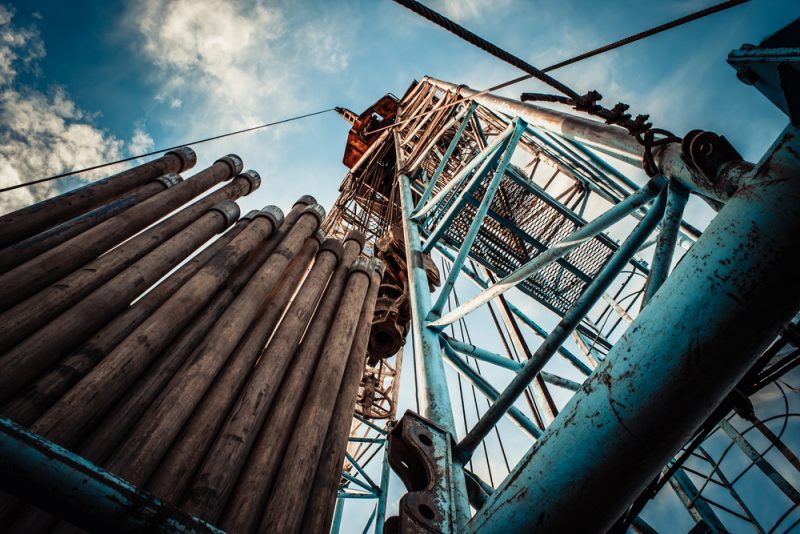Data analysis provides recommendations for improving tail production of shale gas wells

A team of Los Alamos National Laboratory researchers recently published a study that utilizes extensive data mining and analysis of 20,000 shale gas wells to provide recommendations on how to improve the long-term production of the wells.
The paper, which was published in Applied Energy, suggests refracturing older wells with new technology to improve tail production. Hydraulic fracturing typically results in substantial shale gas production in the first few months to a year, but production exponentially declines after a month or two. Tail production refers to long-term production starting approximately 12 months after this initial exponential decline.
“Hydraulic fracturing research has largely focused on the initial 12-month production, since an operator
will break even and make a profit from this ‘exponential’ production,” Richard Middleton, lead author of the study, said. “However, in the paper, we try to emphasize the importance and value of this long-term, tail production.”
Increasing the time for which a gas well is useful is cost effective and reduces the environmental impact of shale gas well drilling by decreasing the amount of wells that need to be drilled, the researchers noted.
“Our analysis could potentially aid in reducing the number of new wells to be drilled,” Middleton said. “In addition, through better fracturing techniques and alternative working fluids such as supercritical carbon dioxide, we see ways to both increase shale gas recovery and minimize environmental impacts through carbon sequestration.”
